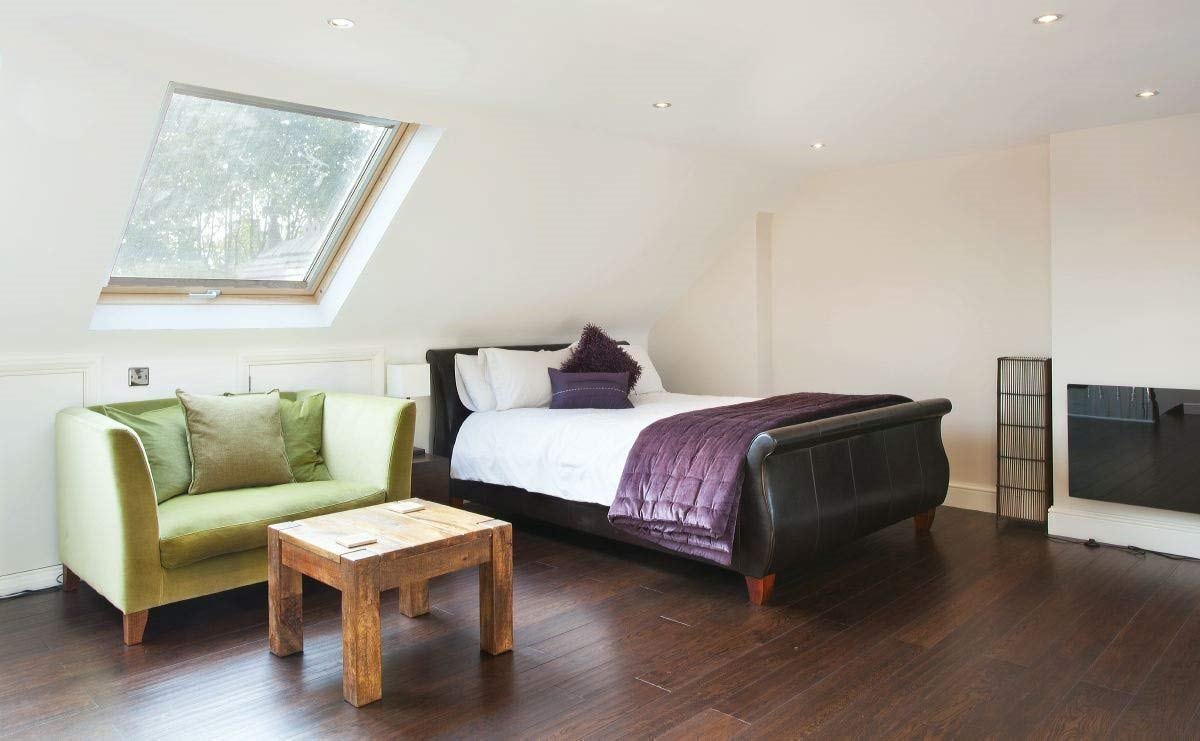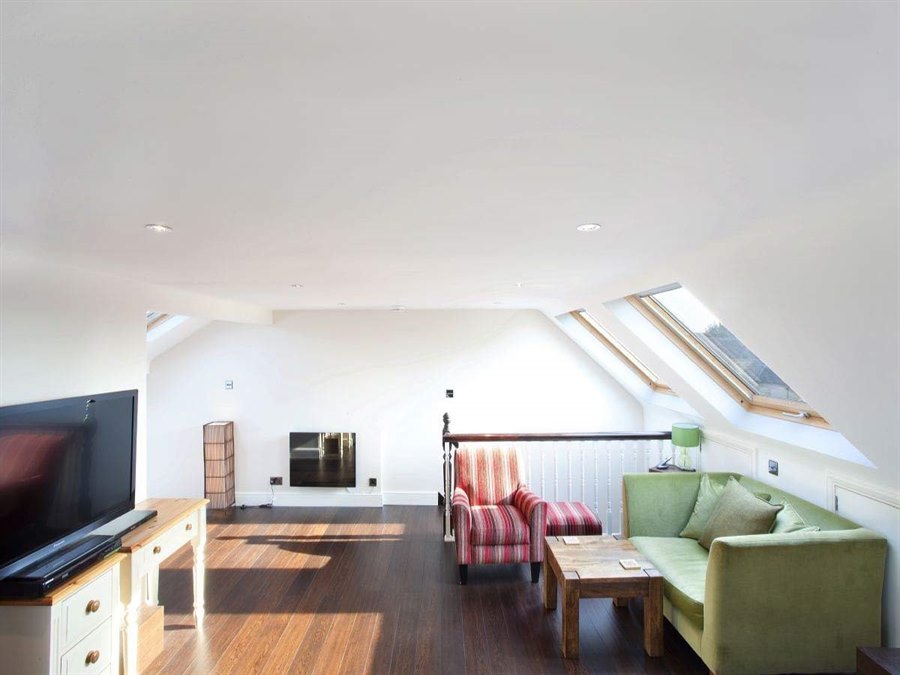If you live within a new build home, you may be wondering if it’s possible to carry out a new build loft conversion. Many people buy new build properties because they’re in a convenient location and because they have most of the decorating work already done for them. Or it might be that they want to have the back-up of the construction warranty.
But that’s not to say that things won’t change over time. For example, your family may grow, or you may suddenly require a home office. In both of these scenarios, you may find yourself looking for more space in the future than your current new build property can provide.
With this in mind, you may decide to carry out a new build loft conversion as a way to gain that extra space you need, especially if you don’t want to sacrifice any of your garden, which is often on the more limited side in new build homes. If you do decide to carry out a new build loft conversion, here’s what you’ll need to know.
Can you do a loft conversion in a new build?

In the majority of instances, you can certainly carry out a loft conversion within a new build property, and a new build loft conversion is a great way to gain extra space within your home. However, there are certain considerations you will need to take into account before work begins.
These could be structural issues, such as how your new build loft has been constructed, or they could be to do with the legalities surrounding your new build property.
For example, when it comes to the structure of your new build loft, it could be a question of whether it has truss rafters that will need to be altered, and your new roof supported in a different way.
And in terms of the legalities, these could be considerations such as restrictive covenants and the restrictions that such covenants place upon the conversion of new build lofts. Or it might be the issues surrounding leasehold properties, which need the permission of the freeholder before work takes place.
However, there are usually ways that these concerns can be resolved so that your new build loft conversion can go ahead.
Restrictive covenants
One of the biggest considerations when thinking about converting your new build loft is to check whether there are any restrictive covenants on your property. New build properties sometimes have restrictions placed upon them, which are often in place for a number of years after completion and have the goal of retaining the consistent look of the exterior development as a whole.
If you have a restrictive covenant on your property, you may need to obtain the permission of the property developer or seek legal advice to try to have it removed before any work can begin. Any restrictive covenant should have been made clear by your conveyancer during the purchase of the property, but if you’re not sure, check all your paperwork thoroughly.
Leasehold new builds
If you live in a leasehold new build, you will need to seek the permission of the freeholder if you are considering a new build loft conversion. They may have their own restrictions on what work can take place which you will have to adhere to.
A good loft conversion specialist will be able to work within these restrictions and create a new room that will please both you as the homeowner and the freeholder of the property.
Truss loft conversions

Truss lofts are an important consideration in loft conversions. Many properties built after the 1960s will often have been constructed with truss rafters, which can be more difficult to convert.
However, difficult does not mean impossible, and a specialist loft builder will still be able to convert a truss loft. In terms of things to consider, you’ll need to remember that truss attic conversions sometimes require planning permission – if the roof height needs to be raised, for example – and they can be slightly more expensive as they’re a little more complex to convert.
Create extra space with a new build loft conversion
The biggest consideration with a new build loft conversion is the fact that you’ll gain extra space. As beautiful as new build properties undoubtedly are, they are often thought of as having small room proportions. However, by adding a loft conversion, just consider the amount of extra space you’ll get. In particular, if you have a truss loft conversion, you’ll often end up with a really well-proportioned room in the loft, which can create a master suite, for example, or extra children’s bedrooms.
Whatever you’re considering with regards to your new build loft conversion, get in touch with Bespoke Lofts. We can help you consider all the requirements of a new build loft conversion to give you a beautiful extended space within your beautiful new build home.